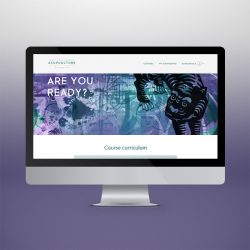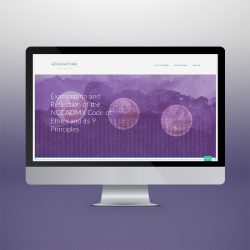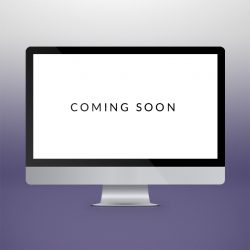FOR PRACTITIONERS
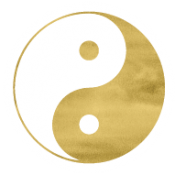
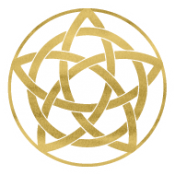

practitioner RESOURCES
TAMING PAPER TIGERS:
Acupuncture Documentation from Assessment to Outcomes |
Second Edition
Gain confidence and the skills you need to better serve your patients.
Comprehensive and accurate documentation is one of the most essential skills for acupuncturists to develop and use effectively. Taming Paper Tigers: Acupuncture Documentation from Assessment to Outcomes explains and teaches all of the fundamentals for practitioners of Acupuncture and Oriental medicine (AOM), both new and veteran, looking to refine and update their documentation skills. It uses the language of the World Health Organization, American Medical Association and the Centers for Medicare & Medicaid Services as well as that of AOM, helping to provide a bridge between these medical models.
In the course of our education, if we were lucky, we may have attended a class on practice management during which documentation was discussed. I know I did. Unfortunately, far too often these classes are superficial at best. We were given only a vague notion of SOAP (Subjective, Objective, Assessment, Plan) documentation, with many of our questions remaining unanswered. Worse yet, we may have left with such little comprehension of the topic that we did not even know the correct questions to ask.
In my search to better understand this topic I started to attend every practice management seminar where proper documentation was to be covered. Though many were deeply informative, I also found many of them terrifying and often left feeling overwhelmed or discouraged. Worse yet, in many cases conflicting interpretations of our billing codes were offered. In an effort to sort out the truth I decided to go to the source and read the American Medical Association (AMA) coding manuals themselves. Like studying the Neijing it is helpful to talk to colleagues with expertise in the topic. I started to interview billing experts and professional insurance auditors to learn not only how our codes are defined but also the specifics of how these definitions are interpreted by billers and auditors as well as exactly what they are looking for in our documentation and why.
Though this helped me have greater clarity regarding the acupuncture billing codes and documentation, I continued to struggle with striking a balance in the greater picture. How could I practice the medicine I love, maintaining its authenticity in the manner in which I was trained, using the model for documentation provided to me? Was this just an issue of fitting a square peg into a round hole? So I dove in deeper to find out. I started to have conversations with my fellow colleagues to help establish better “documentation hygiene”: the skills and practices that worked best for successful practitioners in the field of acupuncture and Oriental medicine (AOM). Additionally, these conversations helped to identify industry standards. Because our acupuncture codes fall under the (AMA) heading of “Physical Medicine and Rehabilitation,” I also surveyed physical therapists to better understand the standards of documentation by which they abide.
What I learned is that the way we conduct our patient interviews and examinations as AOM is not in conflict with the Western paradigm of documentation as described by evaluation and management (E/M) guidelines, nor does it ask us to practice outside our scope. On the contrary, the E/M guidelines work synergistically with the AOM practitioner, providing a framework for documenting the information that we glean from our patient interviews and examinations. Additionally, they provides a format that is both clear and familiar to other health care professionals, enabling better communication and ultimately more comprehensive care. I also learned we do not have to be afraid. Documenting is just like any other learned skill. Like taking the pulses or examining the tongue, documentation can feel very foreign at first. It takes practice, and through practice it becomes increasingly intuitive. Documentation is a skill that can be developed.
The intention of this book is to help empower Chinese medicine practitioners by eliminating the fear of proper documentation through fostering a deep understanding of patient-centric documentation using the SOAP format and thereby providing a foundational skill to better serve our patients. It is my hope that Taming Paper Tigers helps you to find confidence and balance in your practice as researching it did for me.
- Reasons for documentation
- A clear, in-depth breakdown of the basic SOAP components
- Practical tips for note writing including headings and key phrases
- An in-depth discussion of how to use functional assessment forms
- An comprehensive review of the 2021 E/M code changes and their impact on documentation
- A thorough explanation of telemedicine code selection and how to support billing through documentation
- Patient intake forms, patient encounter forms, and more
Taming Paper Tigers guides you through best practices for taking client histories, setting functional goals, documenting outcomes, as well as supporting billing codes with documentation through evidence-based practices. It serves AOM practitioners, students, and educators as a valuable reference tool for documentation within a contemporary practice.

CONTINUING EDUCATION
Eastern Shore Acupunture’s continuing education courses are powered by Thinkific, a trusted course hosting platform. After creating a login you can access your transcript history, re-print certificates, and review previously taken courses or register for new courses. To learn more, simply select a course below OR scroll down for in-depth FAQ’s.
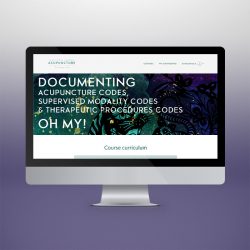
Documenting Acupuncture Codes, Supervised Modality codes & Therapeutic Procedures Codes
FREE | 0 Credits

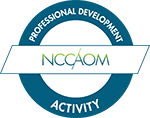
Eastern Shore Acupuncture and Healing Arts is a proud NCCAOM PDA provider.
Receive NCCAOM accredited CEUs from our online curriculum library.

ACUPUNCTURE RESIDENCY
Eastern Shore Acupuncture & Healing Arts offers a unique opportunity for acupuncturists who are looking to grow their skills and confidence through mentorship. Our paid acupuncture residency provides both didactic and hands-on training as well as the guidance and experience of our senior practitioner. You will also gain experience actively managing your own caseload.

EXAM ROOM ART
BY KATHERINE BINDER
Fill your practice with art rooted in history. Each piece references the medical illustrations produced during the Age of Enlightenment as they share both a particular aesthetic as well as a lens in which to order the world and our place in it. My studies as an acupuncturist and prosthetist strongly influence the imagery as well as the themes explored. The constraints of the human body, its fragility and mortality as well the strength of the human spirit all serve as points of examination.
It is this endeavor to capture an image, at once familiar and new, evoking a sense of shared experience and compassion, which drives my work. The search for truth is very often a search for self. I often use gold and sacred geometry to evoke the perfection found in nature. Both feel like they are manipulated by man even though they occur naturally.



